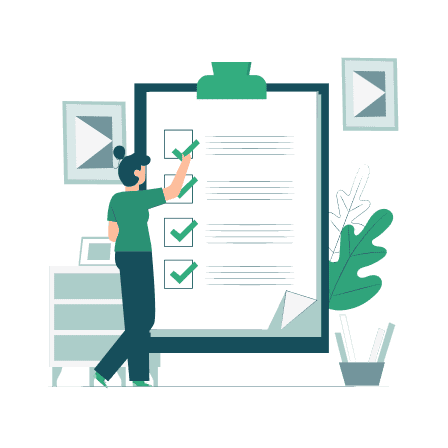Top-Notch Main Idea Finder
Extract the vital information from any text in the most efficient manner. Just paste an article, research paper, or any other piece of writing and we will return its summary within a second.
Benefits of Using Main Idea Finder
Still not sure if you need to use our tool? Check out the 5 Main Idea Finder’s benefits and find out why users love our summarizing tool!

How to Summarize an Article in 5 Simple Steps
Summarizing is an essential skill for any student, writer, or other professional who works with writing. However, manual summaries take lots of time. That’s why you might want to automate this process using our free summarizer in 5 simple steps:
-
1.Copy the text you need to be summarized.
-
2.Paste it into the summary generator above.
-
3.Pick the number of sentences in the summary.
-
4.Click the “Summarize It!” button and get the result.
-
5.Grab the summary or use the tool again if needed.
Text Summarizer: FAQ
Sure! We designed the idea finder to meet any user’s needs, whether you need an abstract, executive summary, or synopsis. All you need to do is just upload the text into the field above and press the button to get a complete summary within seconds.
A good summary should have four features: comprehensiveness, consiceness, originality, and consistency. It also must be readable and contain the most vital parts of the original source.
To make a perfect summary, you should read the text and highlight the key ideas. Omit unnecessary details that are not essential: examples, transitional phrases, etc. The summary should be written in your own word.
Summary provides the relevant information to the readers. It makes learning new data and facts easier, which is crucial in our fast-paced world. Summary an also simplify the task of understanding the essential arguments and facts instead of reading wordy passages.
There are three vital aspects to pay attention when summarizing. First, you should use your own words. Second, don’t forget to give a proper reference to the source and its author. Last, but not the least, always use a plagiarism checker—even a free online tool might work for you.
Why Use Our Main Idea Finder?
Every student knows the struggle when you have to analyze a lot of material in a short time. Whether you prepare for a test or write a research paper, you need to work with numerous sources and indicate their main ideas. However, the author's key points are not always clearly stated, making the process even more challenging.
We designed our main idea finder to help you quickly summarize even the most complex texts down to the key points. By giving our tool a try, you can save your time and ensure you get a profound understanding of any paper.
Theme vs. Main Idea
Many students mistake the main idea for a theme since these two notions are connected.
- A theme is a central message of a text, often in the form of a lesson or a moral. It is usually abstract and can be taken away from the text and applied to other writings. Consider the famous novel "Pride and Prejudice" by Jane Austen as an example. In this book, the themes are love, marriage, and family.
- The main idea of the text is narrower than the theme. It tells the reader what the writing is about and contains specific information. In other words, every text has its unique main idea that cannot be applied to other papers. Let's go back to the "Pride and Prejudice" example. The novel's main idea can be the following: "Austen's novel proves that almost every person is capable of being prideful and prejudiced."
How to Find the Main Idea?
The main idea is the central point of the text the author wants to share with readers. To indicate the key points of any paper, you can ask yourself, "What does the author want me to know about the topic?".
We've developed the following guide to help you detect the main idea of the most complex texts.
- Identify the topic of the text. Read the text entirely and try to identify the topic. Having identified the topic, you get a general understanding of the text and raise your chances of detecting the main idea.
- Summarize the text. Try summarizing the text with your own words. Pretend you retell this text to a friend, making it as understandable as possible.
- Check the introduction and the conclusion. Authors often highlight the main ideas in the first or last sentences of the texts. Pay attention to the opening and closing paragraphs because they can give you a valuable hint.
- Look for the repetitions. Highlight the words and phrases that the author repeats throughout the text. Those are also known as content-specific words and are closely related to the topic and the main idea.